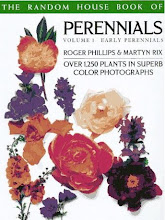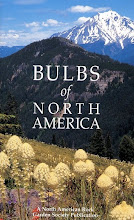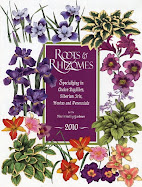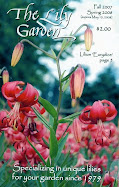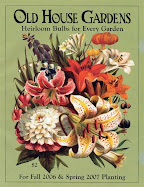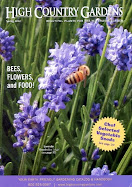Arctostaphylos uva-ursi February 2010
Veronica pectinata April 2009
Geranium orientalitibeticum May 2009
Sedum reflexum February 2010
Thymus pseudolanuginosus February 2010
Here is a list of groundcovers that grow in sun for garden in Seattle, the Pacific Northwest &
USDA Zone 8. Generally, groundcovers are perennials that spread over the ground by one means or another. The exceptions here are some woody trailing or vining plants & some low spreading shrubs. Groundcovers are very helpful to control weeds. They give depth & richness to a garden. They make plantings look more natural. Choose several groundcovers if your garden is small, many if your garden is large. A single groundcover will spread throughout, looking a bit weedy. As in business, it is better to give groundcovers competition than to let them monopolize your garden. You will also get better coverage & weed-suppression by using a variety of groundcovers. Most of the groundcovers listed below tolerate dryness. Xeric plants prefer dryness & often require well-drained soil.
Groundcovers for Sun
Ajuga reptans (Carpet Bugle): many cultivars, spreads by stolons & seed, also grows in shade, shares space well
Euphorbia cyparissias (Cypress Spurge): xeric, spreads widely by rhizomes & seed, can be invasive,
Euphorbia myrsinites (Myrtle Spurge): xeric, forms prostrate clumps, spreads by seed
Fragaria chiloensis (Sand Strawberry): tolerates dryness, spreads by runners, little fruit,
Fragaria 'Pink Panda': spreads by runners, no fruit,
Fragaria vesca (Woodland Strawberry): spreads widely by runners, but will share space, tasty fruits, also grows in shade
Stachys byzantina (Lamb’s Ears): xeric, spreads widely by rooting stems & seed, but easy to remove























































